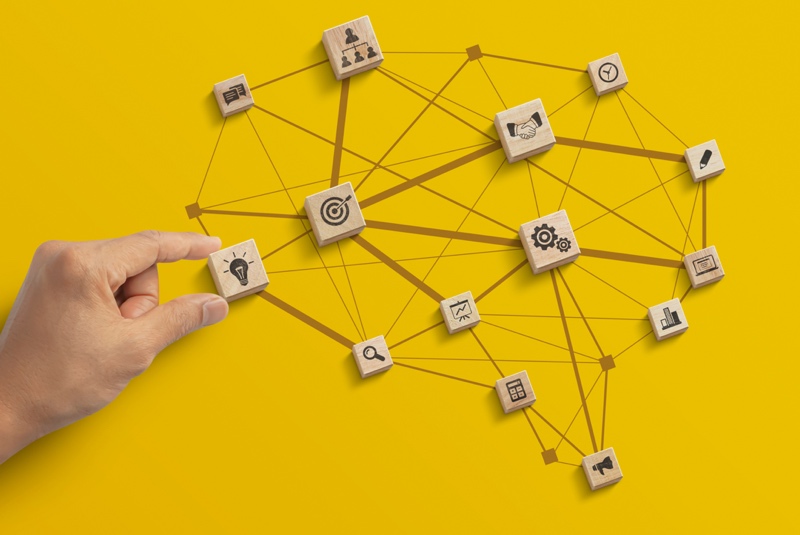NEW IDEAS

The Investigation phase provides an exciting opportunity to ask questions, explore, hunt, dig, and connect. Using this data to represent the findings in beautiful visual summaries will lead to interesting revelations and opportunities.
Creating and Learning From Beautiful Data
By Mark Nichols
How can we make the Investigation portion of the Challenge framework more effective? Two TedTalk’s focused on using visuals to simplify complexity provide some clues. Eric Berlow, in his talk Simplifying Complexity, demonstrates how using visuals and maps helps him and fellow researchers uncover unanticipated yet critical and predictable effects. It is often difficult to find important information without visuals to identify connections and relationships. You can zoom out and zoom in with visuals, categorize, highlight or hide specific layers, and discover essential connections. A phase where participants in Challenges have historically struggled is synthesizing the learnings gathered after answering the Guiding Questions. Maybe part of the synthesis needs to visualize the information collected. This visual can then be mined to find opportunities and ideas for moving forward.
In the TedTalk, The Beauty of Data Visualization, David McCandless shares similar views about using data visualization to move past information overload and find essential ideas. He refers to the visualizations like maps, the perfect thing for when you are “lost in information.” He focuses on the concept of finding hidden patterns that can become apparent when you have a map. You can see concentrations and gaps that, when explored, provide fascinating insights and often a new set of questions. He also shows how you get very different understandings by asking different questions of the visualizations.
Often we hear from practitioners of CBL that the learners tire of research and struggle to extract the needed synthesis to move towards solutions. What if, instead of research in the traditional manner, we think of Investigation in two exciting ways:
- As creators of beautiful data, taking all of the findings from answering our Guiding Questions and create comprehensive and compelling data maps and illustrations.
- As data detectives, who are more like Nancy Drew, Dana Scully, Indiana Jones, Sherlock Holmes, etc. out hunting for clues that will uncover ideas and eventually the truth.
The Investigation phase provides an exciting opportunity to ask questions, explore, hunt, dig, and connect. Using this data to represent the findings in beautiful visual summaries will lead to interesting revelations and opportunities.
